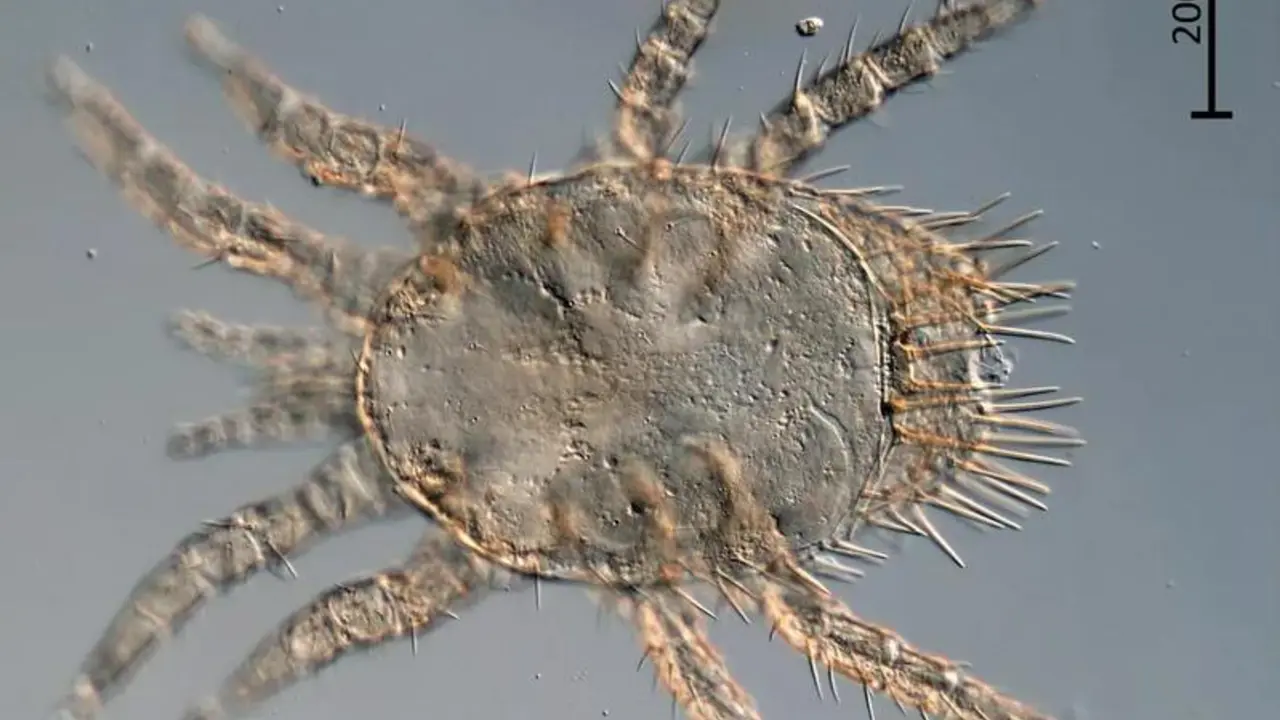Tick Fever: Recognize It Fast, Treat It Right
Got a tick bite or worried about a fever after time outdoors? "Tick fever" is a catch‑all people use for fever caused by tick bites. It can mean different infections — Lyme disease, Rocky Mountain spotted fever, ehrlichiosis, anaplasmosis, or babesiosis. Each needs its own treatment, so spotting symptoms early matters.
What to watch for after a tick bite
Check the bite right away. If you notice any of these in the days to weeks after a bite, call your doctor: high fever, severe headache, muscle aches, a spreading rash, sudden weakness, or confusion. A classic bull's‑eye rash points to early Lyme disease, but not everyone gets it. Rocky Mountain spotted fever often causes a fast, high fever and a spotted rash that can spread. Babesiosis usually gives flu‑like symptoms and can cause dark urine or anemia in severe cases.
Timing helps. Many bacterial tick illnesses show symptoms within 3 to 14 days. If you feel off even a few weeks after a bite, don’t ignore it — bugs like Lyme can show up later.
Practical steps for removal and next moves
Remove ticks the right way: use fine‑tipped tweezers, grab the tick as close to the skin as possible, and pull straight up with steady pressure. Don’t twist, squish, or use heat or oil. Clean the spot with soap and alcohol. Save the tick in a sealed bag or container — your clinic may test it.
If you develop a fever or worrying symptoms, tell the clinician about the bite (when and where). Tests include blood work, PCR, and antibodies. Early testing can be tricky — Lyme antibodies often take weeks to appear, while PCR or blood smears may catch other infections faster.
Antibiotics are the main treatment for many tick‑borne bacteria. Doxycycline is the most common choice for things like RMSF, anaplasmosis, and ehrlichiosis. Early treatment is often short and effective. Babesiosis needs specific anti‑parasitic drugs. Never self‑prescribe; follow a healthcare provider’s plan.
Prevention beats treatment. Wear light-colored clothes, long sleeves, and tuck pants into socks. Use EPA‑registered repellents on skin (DEET or picaridin) and treat clothing with permethrin. Do daily tick checks after being in tall grass or woods. Keep your yard trimmed, remove leaf litter, and create a gravel or mulch barrier between woods and play areas. Protect pets with vet‑recommended preventives — they bring ticks home.
If you live or travel in areas known for ticks, learn the local risks. Some regions have higher rates of Lyme, others more RMSF or babesiosis. Knowing what’s common where you are helps your doctor choose the right tests and medicines fast.
Bottom line: remove ticks carefully, watch symptoms for weeks, and get medical advice quickly if you feel sick. Quick action lowers the chance of serious illness and gets you back to normal faster.
The Science Behind Tick Fever: What Researchers are Discovering

Hi! It's me, your friendly neighborhood blogger, diving deep into the world of science again. Today we're taking a close look at Tick Fever, breaking down complex research, and giving you the rundown on what scientists and researchers are uncovering about this disease. Apparently, there is a lot to learn about the disease itself, the pathogens involved, and control methods. Let's embark on this journey of discovery, shall we?
- November 8 2023
- Tony Newman
- 5 Comments
